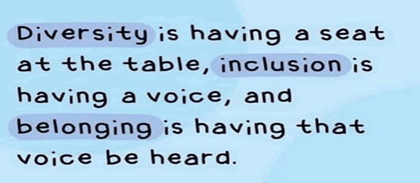
In 2019, a BBC study declared Toronto the most diverse city in the world, with representation of over 230 nationalities and 51% of its population being foreign born residents. When we lived there, Canada was referred to as a mosaic, with diverse groups retaining their own identities and living harmoniously with their neighbors. In comparison, the US was described as a ‘melting pot’. I assumed that this meant a subjugation of individual culture, in order to be fully immersed in the American Dream. We moved to Chicago in 2012, and I quickly realized how naïve my assumption had been. However, it was not until I started doing my Masters, in the US, that I began to learn about the extent of disparity between different identity groups, and the complexity of factors that give rise to the inequity.
Eleven years later, I am still a relative newcomer to this country and cannot claim to truly understand these complex layers. However, I have always been naturally drawn to concepts of social justice, and quick to distinguish between equity and equality. Assuming the role of Director of Inclusion, Safeguarding and Culture this year has afforded me the opportunity to dive more deeply into these topics, alongside my peers and other members of our BISC community. For some, I may not be a natural choice as Director of Diversity, Equity and Inclusion; I am White, grew up in a different era and enjoy relative economic privilege. However, in exploring the breadth of DEI-related topics, I am grateful that my age, and experience of living in different multi-cultural countries around the world, lends me perspective. However, I have also had to ‘unlearn’ terminology, and I am happy that my children do not hesitate to course-correct me when necessary.
At BISC-LP, we embrace both a broad view of inclusion, as stated within our Inclusion Policy:
'All children are equally valued, regardless of identity or circumstances and we endeavor to meet their individual needs in an environment which recognizes their different talents, learning styles, backgrounds and culture.’
and we also proactively seek to develop explicit cultural competence across our community:
‘The British International School of Chicago, Lincoln Park, is dedicated to creating and maintaining a supportive and inclusive culture that promotes diversity and attempts to eliminate all forms of discrimination. This commitment includes all members of our community – staff, students and their families.’
Our approach recognizes both the visible and the invisible differences between all of us and acknowledges that meeting their needs may look different for each individual. Inclusive classrooms accommodate cognitive needs by designing the space accordingly, by differentiating tasks and by employing strategies that help each child to thrive. Socio-emotional needs are identified by building strong and positive relationships with our students, through observation and in facilitating self-awareness. For both diagnosed and undiagnosed academic or emotional needs, the label is unimportant and may sometimes limit our understanding about what the child needs. Our goal is always to identity the strategies and conditions whereby every student can achieve success and be proud of who they are.
At its core, Inclusion recognizes that, whatever our differences, we share the same fundamental human needs, represented below within Maslow’s Hierarchy; we may just need different paths to realize these needs. Inclusion creates a space where neurodiverse groups and people of all races, ethnicities, faiths, nationalities and beliefs have a sense of belonging; where they can be seen, heard and accepted for who they are; where people feel comfortable, can thrive and participate.
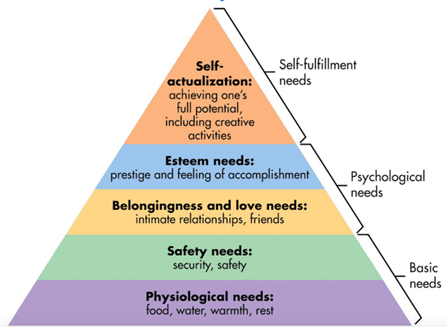
Maintaining ‘Inclusion’ as a fundamental social goal seems obvious; and yet, it is difficult to achieve. Being willing to accept all people as our equals requires us to accommodate an understanding of others’ opinions and beliefs within our own belief system, which is, in itself, informed by so many different factors: our backgrounds and experience, our peers, the community in which we live, historical factors, the political system and, of course, social media. Research tells us that the human brain is bombarded with 11 million pieces of information per second - but our conscious mind can only take in 50 - and we only process 7! So, to reduce our fear or discomfort when we encounter difference, our brains sometimes take cognitive shortcuts. This can lead to unconscious or implicit bias, with subsequent consequences for how we perceive and act toward other people.
All this is a normal and expected element of the human condition. So, what can we do within our school community to address these layers of complexity and create a sense of belonging for all within our community?
First and foremost, education is not about telling children what to think, it is about helping them learn how to think. Agenda-free, objective curricula are fundamental to this purpose, and this is a core principle of the UK National Curriculum.
Secondly, helping children to develop the skills to make informed decisions about what they believe requires them to develop strong self-awareness of their own identity. When we recognize and celebrate individual strengths, this supports secure self- belief which, in turn, reduces potential fear when they encounter individuals who are different from themselves. At BISC-LP, our Values Curriculum provides a strong foundation for building these skills. Our beloved Goal Squad works hard across our community to remind us of personal qualities that will help ourselves and others to feel valued and included.
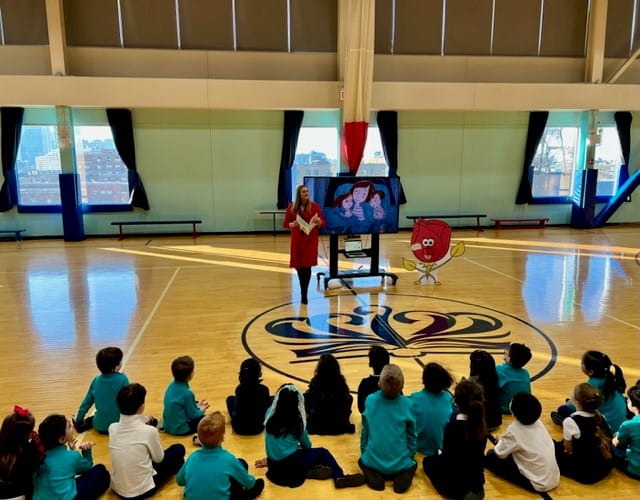
Thirdly, conversations about diversity and inclusion must involve and welcome diversity of thought from our wider community. We are just setting out on this journey, and we recognize that we are still just feeling our way, but we are committed to purposeful discussion that is not merely concerned with virtue-signaling. It is important that our children feel they are represented within our faculty and leadership, and we actively seeking ways to try and address this. I am excited about seeing how our parent community can come together, across both campuses, to learn and grow. Our overriding goal is to help all of our students, from the youngest to our graduates, navigate complex issues for themselves, and to support their wellbeing at every step of their journey. To this end, we are exploring skills that these young people require, both now and in the future.
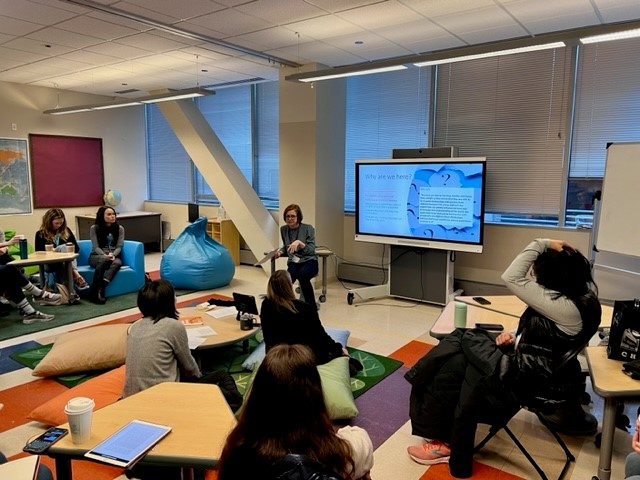
For the last two years, I have been volunteering as a Crisis Text Counselor, supporting mostly teens and young adults. Initially, I anticipated that this would be draining and emotional but in fact, I have found the opposite to be true. I cannot solve their problems; I don’t have to understand why they feel as they do and I cannot share their lived experience. What I can do is to accept them for who they are and to try and help them feel less isolated. Validating and accepting others, for who they are, is at the heart of inclusion and this is what creates a sense of belonging.
Judith Scholes
Learning Resources Leader & Director of Safeguarding, Inclusion & Culture


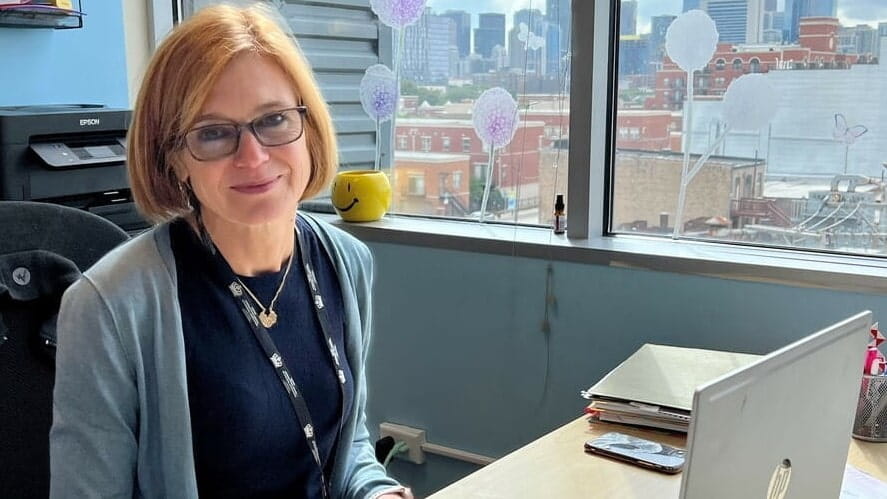
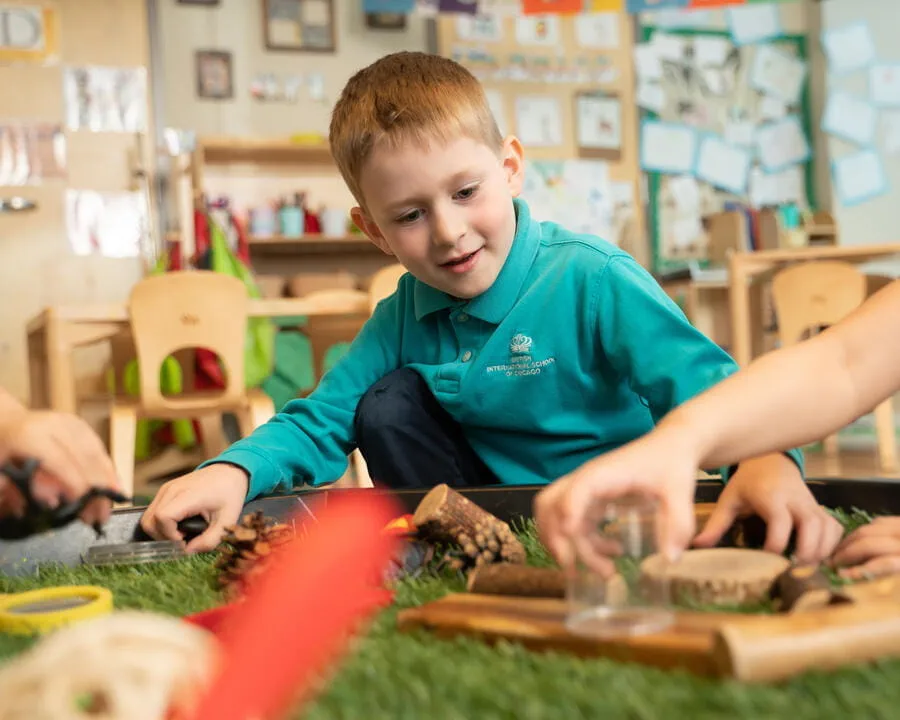




/blog-banner-1280-x-720.png?h=720&iar=0&w=1280&rev=16a05aefba4045d9990a53f442785685&hash=6B05FC5D5038D38284BABCEC2067DB8E)
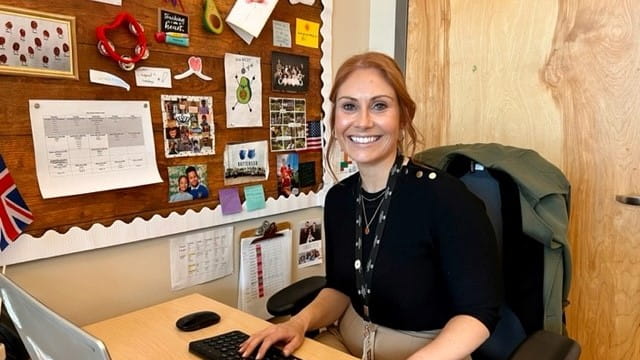
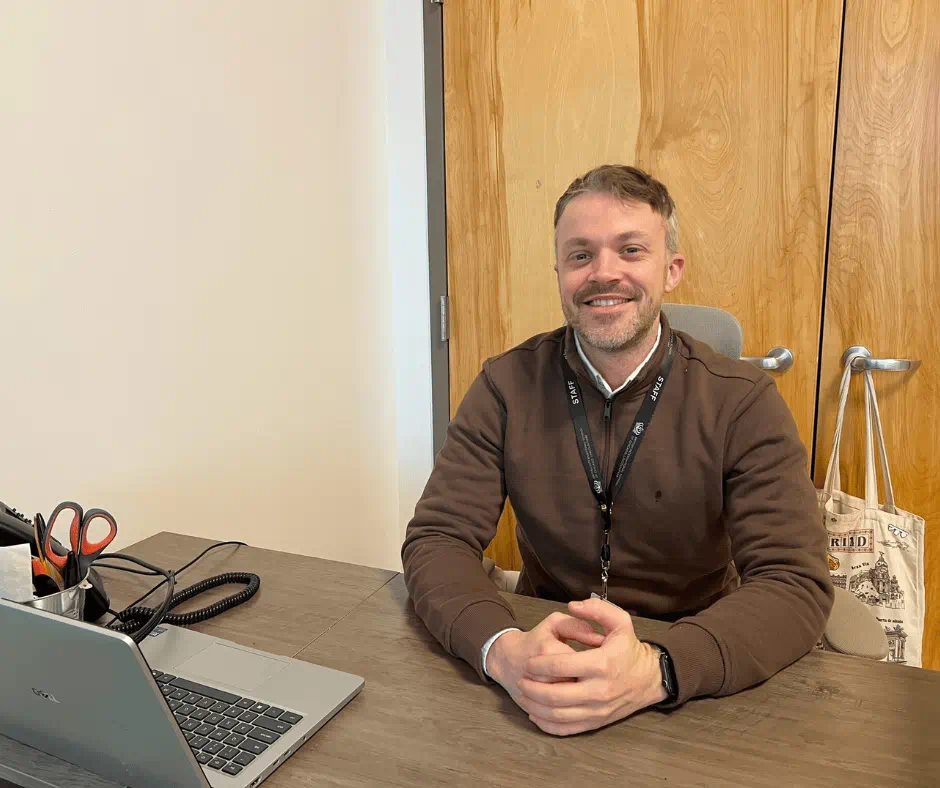
.png?h=788&iar=0&w=940&rev=d90cba9b09fb4c8fab7fac061b6b1f8b&hash=6370E2794516618F223C4FD12B4A6659)